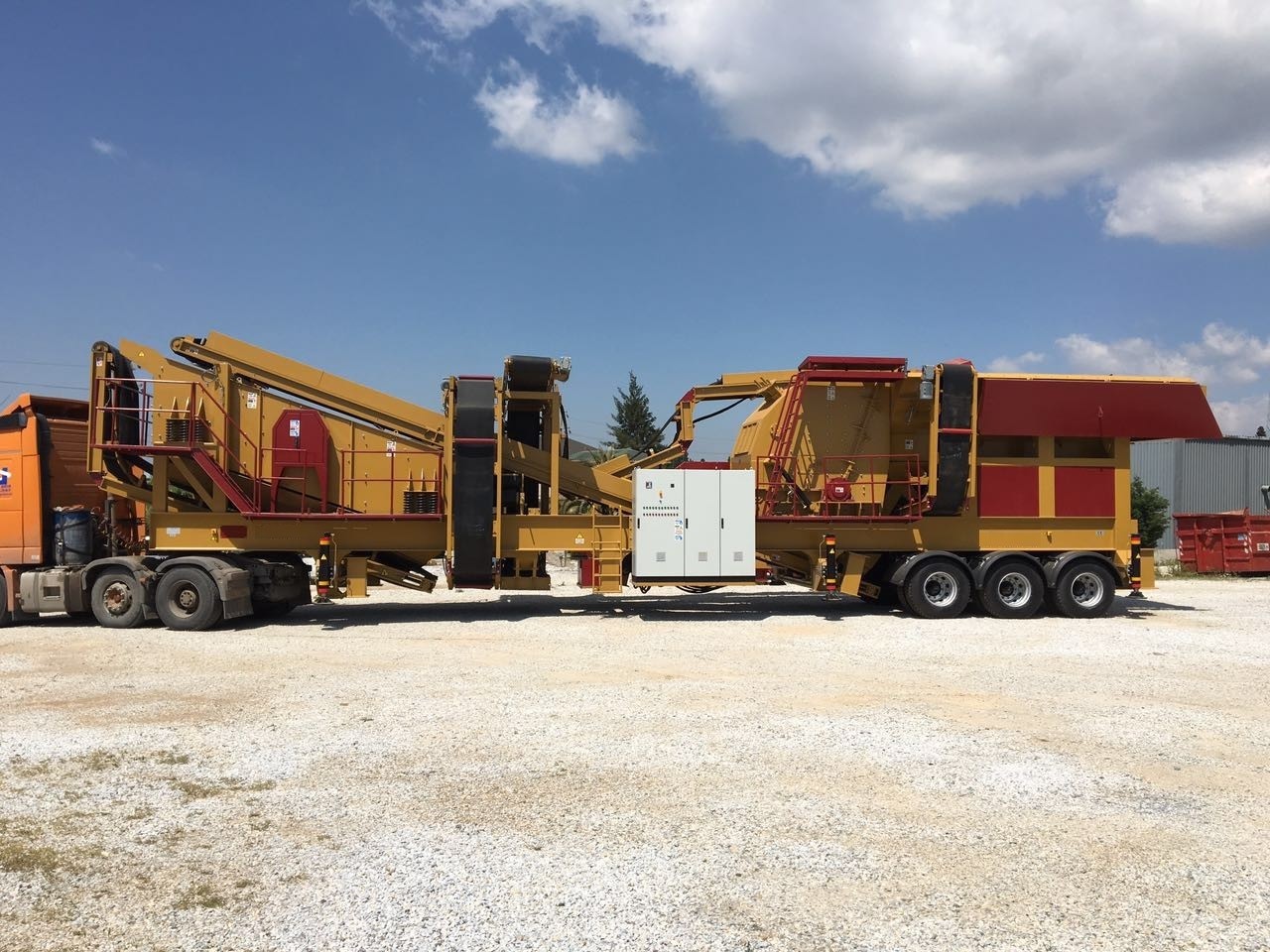The Role of Crushing and Screening Plants in Copper Ore Processing
In copper ore processing, crushing and screening plants play a critical role in preparing the ore for further beneficiation. These processes are essential for reducing the size of the ore and separating it into different grades, ensuring optimal efficiency in downstream operations.
Crushing Process:
The primary goal of crushing is to reduce the size of the copper ore to a manageable level. This is typically done using jaw crushers, cone crushers, or impact crushers.
Crushing breaks down large chunks of ore into smaller particles, making it easier to handle and process in subsequent stages.
The process may involve multiple stages (primary, secondary, and tertiary crushing) depending on the hardness and size of the ore.
Screening Process:
After crushing, the ore is passed through screening equipment to separate it into different size fractions.
Screens ensure that only particles of the desired size move on to the next stage, while oversized material is returned for further crushing.
This step is crucial for optimizing the efficiency of grinding and flotation processes, as it ensures a uniform feed size.
Importance in Copper Processing:
Crushing and screening are the first steps in the copper ore processing chain. They directly impact the efficiency of grinding, flotation, and leaching processes.
Properly crushed and screened ore improves recovery rates and reduces energy consumption in downstream operations.
These plants also help in removing waste material early in the process, reducing the load on subsequent stages.
In summary, crushing and screening plants are indispensable in copper ore processing, as they ensure the ore is prepared to the required specifications for efficient extraction of copper.
 English
English
 Le français
Le français
 Türkçe
Türkçe

